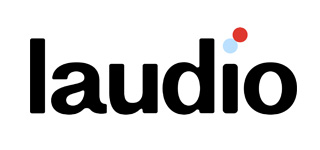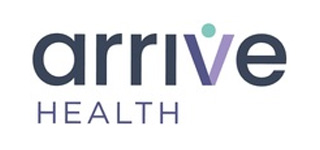Patients with primary open-angle glaucoma who received a Schlemm’s canal microstent combined with phacoemulsification demonstrated a superior reduction in IOP and medication use compared with those who received phaco alone, according to the HORIZON study.
Patients with concomitant primary open angle glaucoma, visually significant cataract and washed-out modified diurnal IOP (MDIOP) between 22 mm Hg and 34 mm Hg were included.
Patients were randomized 2:1 to receive a single Hydrus Microstent (Ivantis) in Schlemm’s canal or no stent after uncomplicated phaco.
A total of 369 eyes were randomized after phaco to Hydrus Microstent (HMS), and 187 eyes received no microstent (NMS).
Researchers found that at 24 months, unmedicated MDIOP was reduced by at least 20% in 77.3% of HMS group eyes and in 57.8% of NMS group eyes.
The mean reduction in 24-month unmedicated MDIOP was 7.6 mm Hg in the HMS group and 5.3 mm Hg in the NMS group eyes.
Mean medication use decreased from 1.7 at baseline to 0.3 at 24 months in the HMS group and from 1.7 to 0.7 in the NMS group.
Researchers found more IOP-related events reported in the cataract surgery alone group.
The overall safety was found equivalent in the two groups, with the exception of higher rates of adhesion formation in the microstent group and higher rates of IOP-related complications in the cataract surgery group.
Long-term head-to-head studies should be undertaken to better compare the safety and efficacy of Hydrus Microstent implantation with other novel MIGS procedures, they wrote. – by Abigail Sutton
Disclosures: Samuelson is a consultant to Alcon Surgical, Abbott Medical Optics, AqueSys/Allergan, Glaukos, Ivantis, Santen and Transcend Medical and has stock options at Glaukos and Ivantis. Please see the full study for remaining authors’ financial disclosures.



